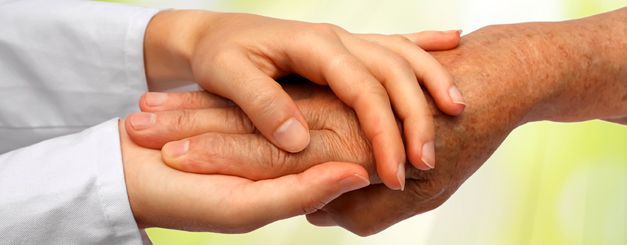
THE CHALLENGES OF SURVIVING CANCER
Maybe it’s your mother, maybe it’s your co-worker, or your neighbor, or maybe you yourself are a cancer survivor. In America alone, there are approximately 10.5 million people living with a history of cancer.
Cancer survivors are people who have been diagnosed with cancer and those people in their lives who are affected by the diagnosis, including family members, friends, and caregivers. These survivors will be the first to tell you that you can live a fulfilling life after a cancer diagnosis. Major advances in cancer prevention, early detection and treatment have resulted in longer survival, which is good news. There are more cancer survivors than ever before. However, surviving cancer can leave a host of problems in its wake. Physical, emotional, and financial hardships often persist for years after diagnosis and treatment. Survivors may face many challenges including access to cancer specialists and promising new treatments, denial of health and life insurance coverage, financial hardships long after the initial diagnosis and treatment, employment problems, psychological struggles and the strain on personal relationships and the profound fear of recurrence. As the population of cancer survivors grows, the public health community is considering ways to address the issues related to survivorship. For example, because of genetic predispositions, common lifestyle factors, and the effects of cancer treatments, cancer survivors are at increased risk for certain health problems after diagnosis and treatment. In light of these concerns, public health initiatives that strive to understand and prevent secondary disease and recurrence, and to improve survivors’ quality of life, are essential. Cancer survivors are at greater risk for recurrence and for developing second cancers, because of the effects of treatment, continued lifestyle behaviors, underlying genetics, or risk factors that contributed to the first cancer. Although screening guidelines are not available for all cancers, survivors should discuss with their doctors at the end of treatment the appropriate schedule for screening, as well as the types of screening needed. Survivors also should decide who will be responsible for monitoring this screening schedule long-term.
The Center for Disease Control (CDC) is working with national, state, and local partners to create and implement successful strategies to help the millions of people in the United States who live with, through, and beyond cancer. In 2004, CDC and the Lance Armstrong Foundation, along with nearly 100 experts in cancer survivorship and public health, released A National Action Plan for Cancer Survivorship: Advancing Public Health Strategies. This collaboration blended goals, activities, and resources to address the issues facing the growing number of American cancer survivors. CDC has joined forces with many national organizations, states, tribes, and territories to address several of the cancer survivorship “priority needs” cited in the Action Plan. This work includes efforts to increase survivorship in underserved populations, and initiatives to improve end-of-life support for cancer patients, their family, their friends, and their caregivers. For example:
Since 2004, the Patient Advocate Foundation has worked with people diagnosed with cancer to ensure that patients’ finances, employment, and medical treatment are not interrupted by poor or slow insurance reimbursement, or employment status.
CDC is supporting the film A Lion in the House with an initiative to raise awareness about the challenges facing young adult survivors of cancer.
These and other public health efforts that address cancer survivorship support CDC’s overarching goal of healthy people in every stage of life. They also address the U.S. Department of Health and Human Services’ Healthy People 2010 goal of increasing to 70% the proportion of cancer survivors who live 5 years or longer after diagnosis.The Centers for Disease Control and Prevention, Department of Health and Human Services, provides this information. For more info, visit www.cdc.gov/cancer or call toll free 1.800.CDC.INFO.
